How to Identify Different Wood Types and How to Know How to Choose
If you are looking to remodel your home, do some crafting, or go furniture shopping, some wood identification knowledge is definitely up your alley. You probably know that wood comes in different types with each type possessing certain characteristics that make it ideal for a certain task.
By knowing how to choose wood for your needs, you can estimate the cost of your projects, determine if European oak lumber or European beech lumber suits you best, have an idea of how long the wood will last, so we could better understand what is the lifetime of the final product, and generally know what you are getting yourself into before making any purchase.
In this post, you will learn about the types of wood in the market and how to choose one from the other so that the next time a salesperson gives you Ash or European beech lumber, you’ll confidently know how to choose between them.
Types of Wood
Broadly speaking, there are two types of wood – hardwood lumber and softwood lumber. The former comes from Angiosperms (broad-leaved trees) like walnut, European oak lumber, and maple while the latter come from gymnosperms (ever-green, conifer trees) such as spruce-fir, pine, juniper, cedar, and yew. Hardwood lumber is rare and hence expensive compared to softwood. It is also durable and needs very little maintenance.
How Do You Identify Wood Types?
Wood experts rely on a few pointers to be able to tell one wood type from the other.
1. The End Grains
Before you establish whether the solid piece of wood is European beech lumber, oak, or pine, seek to know if it is real wood or some man-made composite in the first place. It can be quite difficult to identify real wood from artificial wood but, if you can see end grains that produce unique and natural lines, then it is probably real wood. Additionally, if you notice that the wood has a repeating grain pattern of a large panel, it could be veneer covering a plastic beneath it.
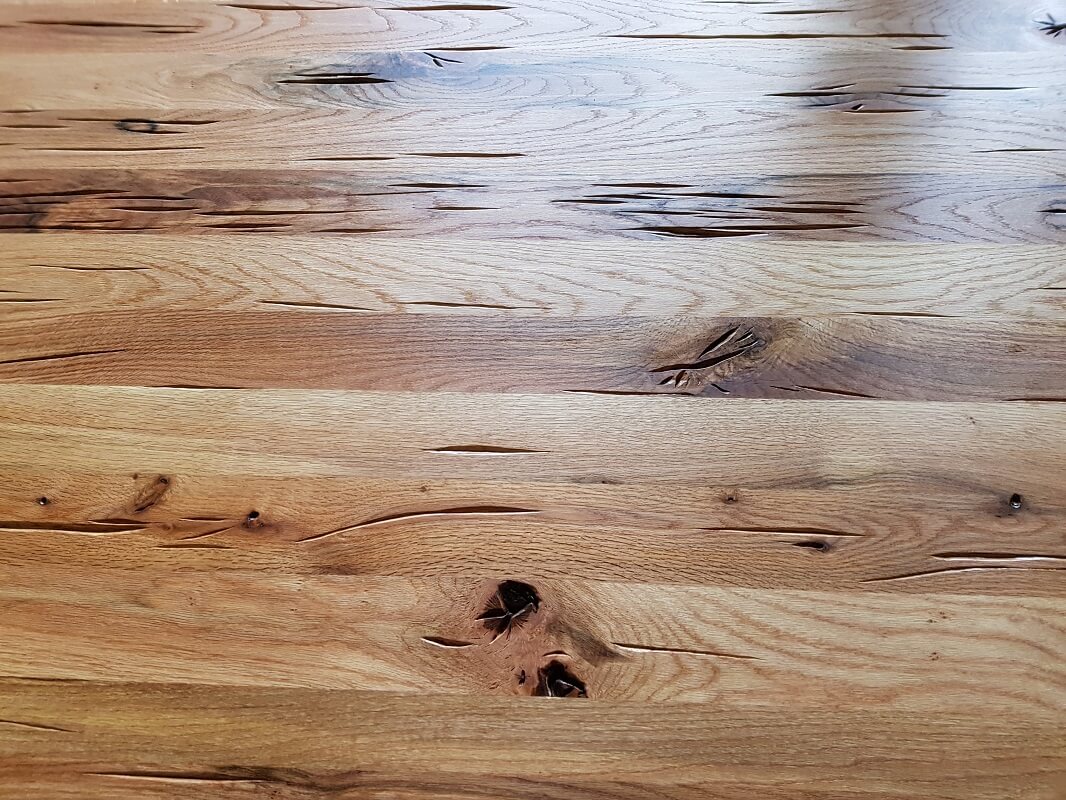
2. The Grain Pattern
The grain pattern is a sure way of identifying the wood type. In practice, hardwoods such as European oak lumber or mahogany have an open poor structure while softwoods are almost smooth with zero grain indentations. Another pattern worth observing is if the wood was plain sawn or quarter sawn at the time of cutting. Lacewood features large lace quarter sawn surfaces, Maple has a ‘butcher block’ appearance, and Oak, flecks.
3. Hardness And Weight Of The Wood
The other two important factors during the identification of wood are weight and thickness. Pick up the wood and get a feel of how heavy or light it is compared to other wood types. If you have a scale, it would be much better for you. Use the wood database to make comparisons hardwood lumber types and softwood types.
Common Wood Types
And now, here is a rundown of some of the popular wood types in the world.
• Oak: Heavy, hard, strong, has a yellow to golden brown color and prominent pores, rings, and flecks.
• Maple: Strong, extremely hard, has a biscuit color to yellow-brown or pale cream
• Mahogany: Relatively lightweight, easy to carve, doesn’t shrink or warps and can be found in blond and copper red colors.
• Ash: Strong, hard, flexible with grey or brownish markings
• Cherry: Strong, hard, closely-grained with an auburn color.
• Beech: Soft, fine-grained, has a blonde to silver to reddish brown color
• Pine: Very soft, no knots, medium-weights, wide markings, white to light-yellow color.
Wood is an important building and design material. It is versatile, attractive, and so practical. With so many choices out there, homeowners must exercise caution before purchasing wood to avoid getting wrong materials for their needs. Use the tips above to help you get the appropriate product the next time you go shopping.
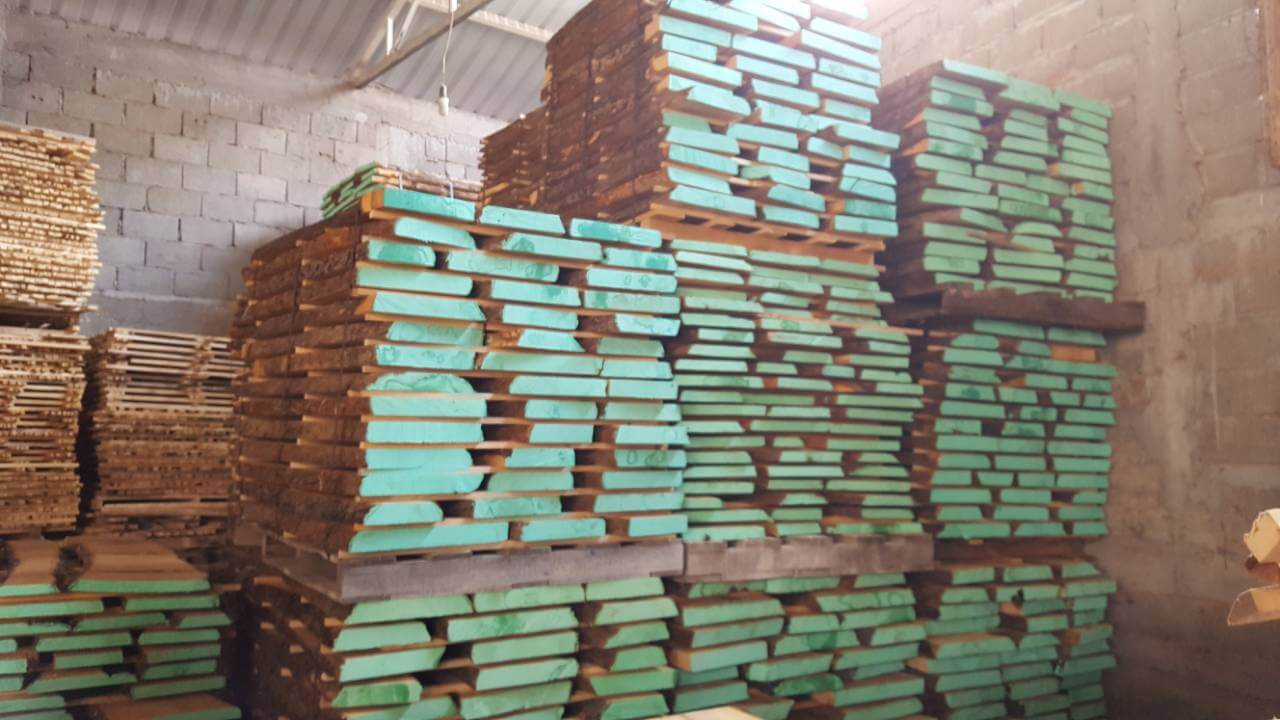
Looking for a wood supplier?
For more information and additional quotes, consulting or partnership Do not hesitate to contact us

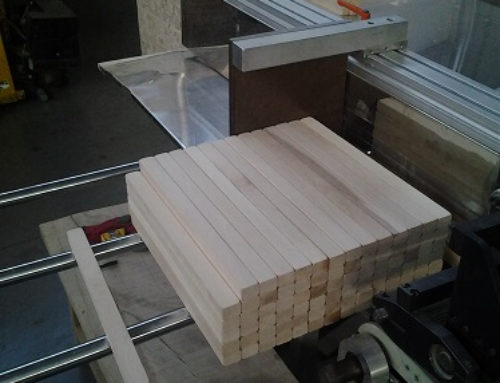
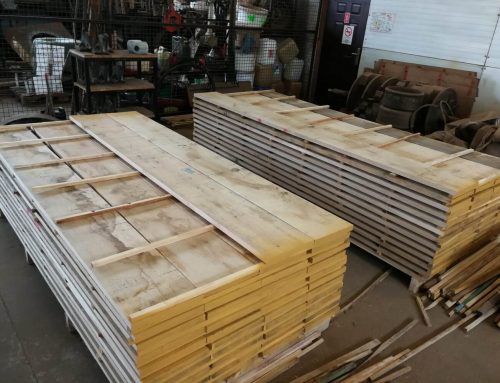
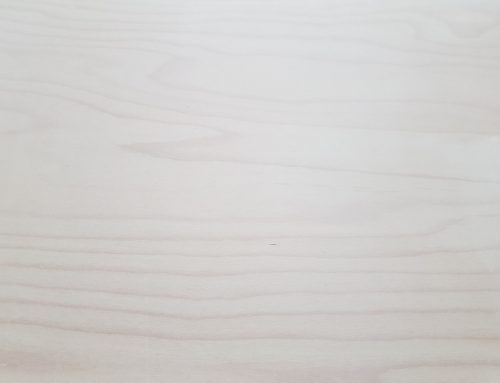
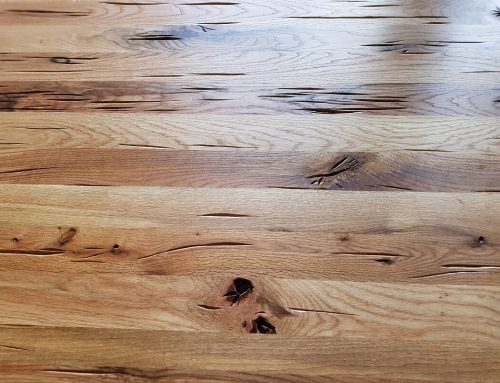
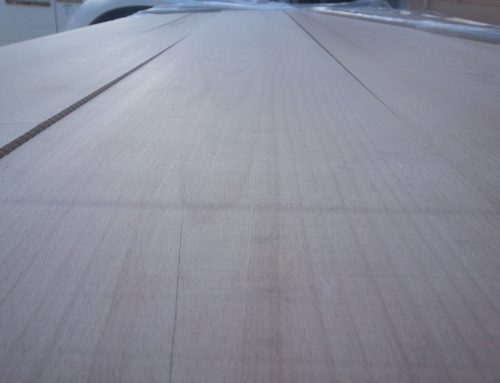
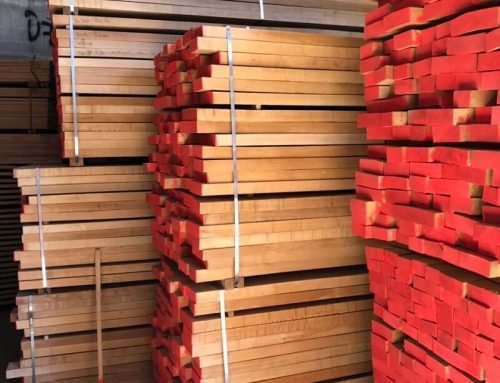

Get Social